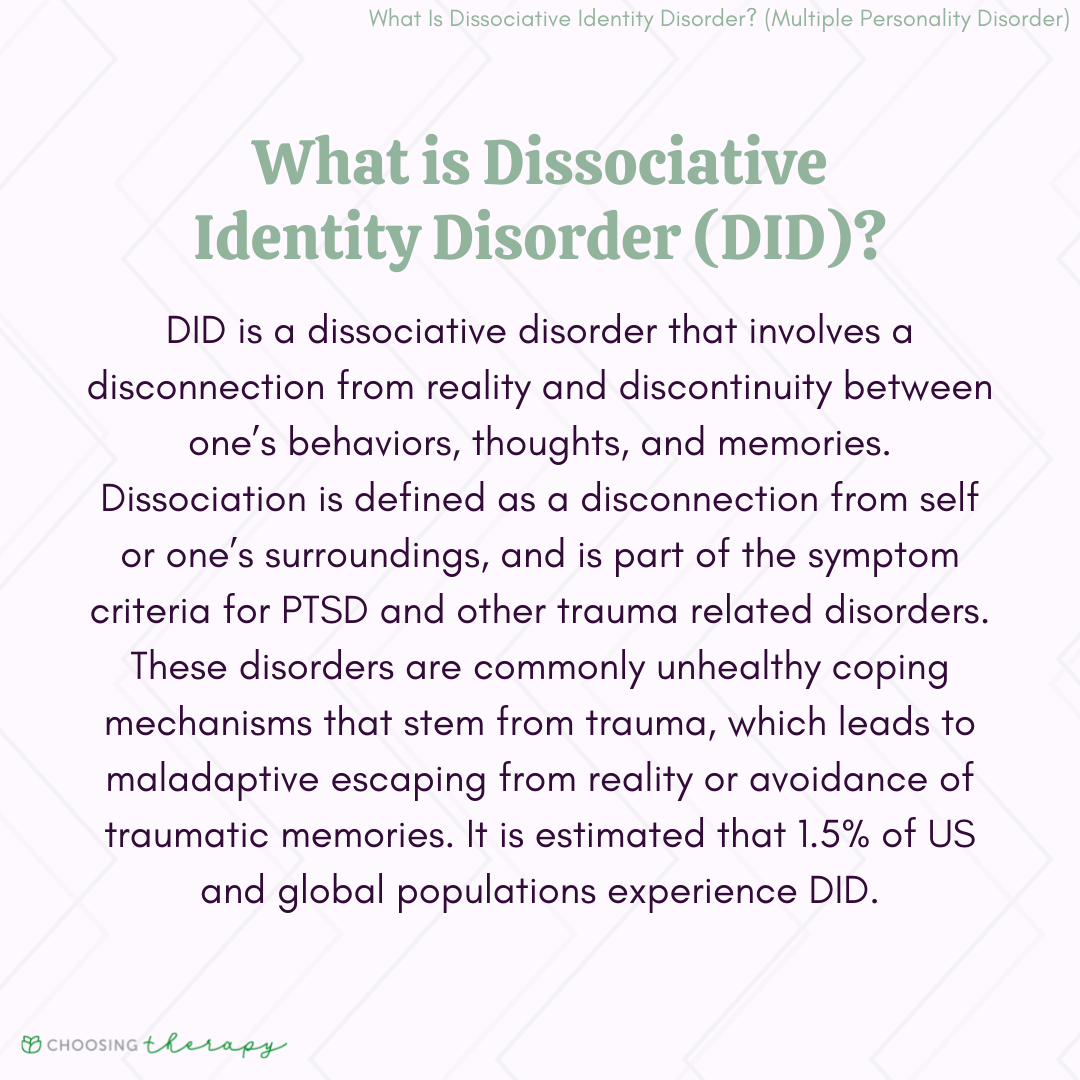Blending Traditions: Why West African Kings Integrated Islam with Indigenous Beliefs
Introduction
The integration of Islam with indigenous religious practices in West Africa was a complex and strategic process, deeply rooted in the region’s sociopolitical realities. When Islam arrived via trans-Saharan trade, West African kings faced the challenge of balancing new religious influences with existing cultural traditions. Their attempts to blend Islam with local beliefs were not merely religious choices but deliberate strategies aimed at achieving unity, legitimacy, and effective governance in their diverse kingdoms.

Source: emergingrnleader.com
Historical Context: The Arrival of Islam in West Africa
Islam spread into West Africa gradually through trade routes and interactions with North African merchants. Unlike regions where religion arrived by conquest, West African societies encountered Islam through sustained contact, commerce, and diplomacy. As Berber and Arab traders introduced Islam, rulers recognized the political and economic advantages of aligning with Muslim merchants and neighboring Islamic states. However, the region’s spiritual landscape was rich with ancestral worship, divination, and local cosmologies [2] .

Source: ehsdailyadvisor.blr.com
Early African kings, such as Sundiata of Mali and Sunni Ali of Songhai, practiced Islam alongside traditional beliefs, sometimes leading to conflicts with orthodox Muslim scholars. These rulers adopted a pragmatic approach, recognizing that sudden or forceful religious change could destabilize their societies and alienate loyal subjects [3] .
Why Blend Islam and Indigenous Beliefs?
1. Political Legitimacy and Unification
West African kingdoms were ethnically and culturally diverse. Rulers needed a unifying ideology to maintain stability. By embracing Islam’s universal principles while retaining familiar local rituals, kings could appeal to both Muslim and non-Muslim subjects. This syncretic approach fostered a sense of inclusion, reducing the risk of religious or ethnic conflict. For example, Sunni Ali’s blending of faiths allowed him to consolidate power, but when he was challenged by stricter Muslim elites, the kingdom shifted toward orthodox Islam under subsequent leaders [3] .
2. Social Harmony and Continuity
Traditional religions were deeply woven into the fabric of daily life, governing rituals, law, and community events. Abruptly discarding these practices could trigger unrest or resistance. By incorporating elements of both faiths, kings maintained social cohesion and honored ancestral heritage. In the case of the mud mosques of Mali and Ghana, local architectural styles were merged with Islamic requirements, creating spaces that were both spiritually resonant and culturally familiar [1] .
3. Facilitating Trade and Diplomacy
Islamic affiliation opened doors to trans-Saharan trade networks and improved diplomatic ties with powerful North African states. Adopting Islamic customs-while blending them with local practices-made West African rulers more attractive partners for Muslim merchants, boosting economic prosperity. Kings often used Islamic law for commercial transactions, but preserved traditional codes for local disputes, creating a flexible legal system [2] .
Examples of Syncretism in West African Kingdoms
Mali Empire:
Sundiata Keita, founder of Mali, was known for practicing a form of Islam intertwined with local customs. He permitted diviners and priests to adopt Islamic ideas, leading to the rise of spiritual leaders known as
marabouts
and
mallams
, who blended Qur’anic verses with traditional rituals to create amulets and offer blessings
[1]
.
Songhai Empire: Sunni Ali’s reign was marked by religious syncretism, but subsequent leaders like Muhammad Toure enforced stricter Islamic laws, transforming Timbuktu into a renowned center for Islamic scholarship and law. The gradual shift illustrates how syncretism was both a pragmatic tool and a stepping stone to orthodoxy [3] .
Practical Steps for Blending Religious Traditions
West African kings employed several strategies to merge Islam with indigenous beliefs:
- Contextualization of Worship Spaces: Mosques were built using local materials and designs, making them accessible and relatable to non-Muslim populations [1] .
- Inclusive Rituals: Islamic festivals often incorporated traditional music, dance, and communal feasts, ensuring broad participation.
- Dual Legal Systems: Sharia was applied to commercial and civil matters involving Muslims, while customary law governed local affairs.
- Appointment of Syncretic Leaders: Kings patronized spiritual leaders who could navigate both Islamic and indigenous religious spheres, fostering trust and respect among different groups.
Challenges and Solutions
Attempts to blend Islam with local beliefs were not without controversy. Orthodox Muslim scholars frequently opposed syncretic practices, sometimes resulting in political upheaval or reform. Rulers needed to carefully balance the interests of Islamic elites and traditional leaders. In some cases, gradual education and patronage of Islamic scholarship helped smooth transitions, as seen in the development of Timbuktu as a center for learning [3] .
For contemporary societies facing similar challenges, the West African experience underscores the importance of dialogue, incremental reform, and respect for cultural heritage. Community leaders may consider convening interfaith councils, supporting multicultural festivals, and investing in educational programs to foster understanding and cooperation.
Alternative Approaches to Syncretism
While many West African rulers favored blending religious traditions, some eventually shifted toward religious orthodoxy, especially when seeking legitimacy in the wider Islamic world. Others maintained a balance, allowing both systems to coexist. The choice of approach depended on political goals, population demographics, and external pressures.
In modern contexts, individuals and communities may draw inspiration from syncretic practices to promote tolerance and unity. However, care should be taken to avoid superficial fusion that erases essential beliefs or provokes conflict.
Accessing Information and Resources
For those interested in learning more about the history of religious syncretism in West Africa, consider the following steps:
- Consult academic publications from university presses or established history departments. Searching for terms such as “West African religious syncretism,” “Islam in Mali,” or “traditional religion and Islam in Songhai” yields authoritative sources.
- Visit museums and cultural centers specializing in African history. Many institutions offer lectures, exhibitions, and online resources.
- Engage with local religious communities and leaders who may provide firsthand knowledge of blended practices.
- Explore online educational platforms like Study.com, which offer lessons on Islam’s spread and syncretism in West Africa [2] .
- Search for articles or documentaries from reputable organizations and historical societies, emphasizing verified information and current scholarship.
Key Takeaways
West African kings blended Islam with traditional religion as a strategic means to unify diverse populations, legitimize their rule, and maintain social harmony. This process of religious syncretism was shaped by pragmatic considerations, cultural respect, and the need for economic and diplomatic advancement. The legacy of these efforts endures in the region’s architecture, spiritual leadership, and community practices, offering valuable lessons for contemporary societies navigating religious diversity.
References
MORE FROM oncecoupon.com













